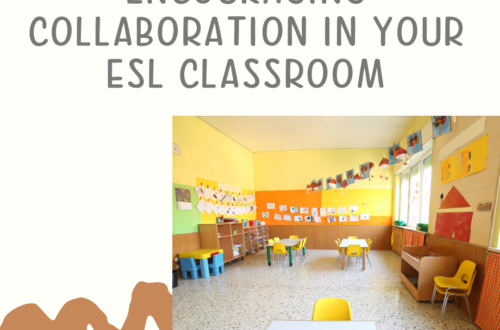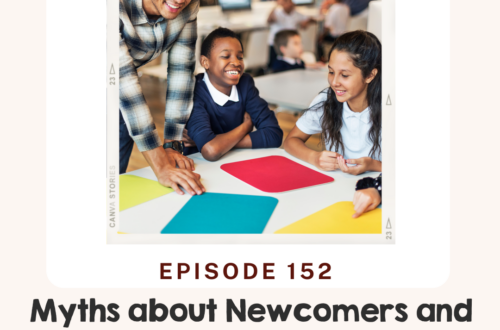
Get Your Students Talking During Virtual Learning
Would you like to download a copy of this episode’s transcript? Simply click here for the download.
Hey Educators! It’s time to reflect! This year I want to switch it up and start asking you a weekly reflection question. After reading the question, take a moment to think and jot down your answer. I know some of you are listening to this on the go or possibly reading this in passing.
I would still like you to take five minutes and reflect. This can have a huge impact on your teaching. Here is our weekly reflection question: Are my Language Learners achieving their speaking goals?
Whether you are teaching virtually or in person you might find yourself struggling to get your Language Learners to talk. Teachers teaching virtually are met with awkward silences, imagined blank stares, and the feeling that you are talking to yourself.
I had a recent observation and one of the biggest pieces of feedback that I received was that my students were not engaged in conversations. I was truly at a loss for words because I was doing everything I could (in my mind) to get them to speak. I was beyond frustrated, and I immediately thought of the challenges of encouraging speaking in this new world of virtual learning. The reality is that no matter whether you are using Zoom, Google Hangout, or Teams those tools are generally meant for webinars and live training where the speaker is center stage. I was stuck in this mindset and was trying to figure out how I can think outside the box to encourage more student talk in my classroom.
Once I took a moment and started to think outside the box and embraced some common practices, I started to see results. I decided to use groups more often in my classroom and assign them specific roles. In my Intervention class I noticed more students talk in their literature circles when they had specific jobs. Included in those jobs were questions they can ask to spark conversations with their group members.
I knew I needed to do more, so I also started to include more stops to check for understanding for the students. In my lessons, my check for understanding included some time to think. Then, I called on students to share their answer aloud. After the students shared, I called on other students in the class to add to the response. I found out this was a great way to include accountable talk in the lessons and increase student talk.
Embracing tried and true strategies was the most helpful for me in increasing student talk. For example, using literature circles and assigning roles to the students. This sets clear expectations with the students about their responsibilities. Using supports such as conversation starters was helpful for the students to keep a conversation going in the sessions.
Throughout your lessons include speaking prompts and opportunities to respond to questions. Provide the students with some time to gather their thoughts. During this time, you can include supports such as thinking frames for the students. To encourage conversations, ask students in the class follow-up questions. This allows for your Language Learners to practice accountable talk with their peers.
Here are some next steps:
- Block 5-10 minutes aside and answer the reflection question. This will help guide your steps for the increasing student talk time.
- Incorporate student think-time and space for them to respond in your lessons.
- Increase your check for understanding checks and include student responses.
How are you increasing student talk in your virtual learning environment? Share in the comments below.





2 Comments
Nina
I teach fairly advanced students from 2nd grade through high school. Once a week we have an hour-long dialogue class. Usually I choose a topic, but sometimes the students propose topics. They are often philosophical questions, like “what is the purpose of our lives?”, Or polemic questions like, “should students be given homework?”. Sometimes it’s hard to get them to participate, but usually they talk a lot once they warm up.
Millie
Nina I LOVE this idea. It kind of reminds me of socratic circles. This is also a great way to build relationships and building confidence in their speaking skills. Thank you so much for sharing.